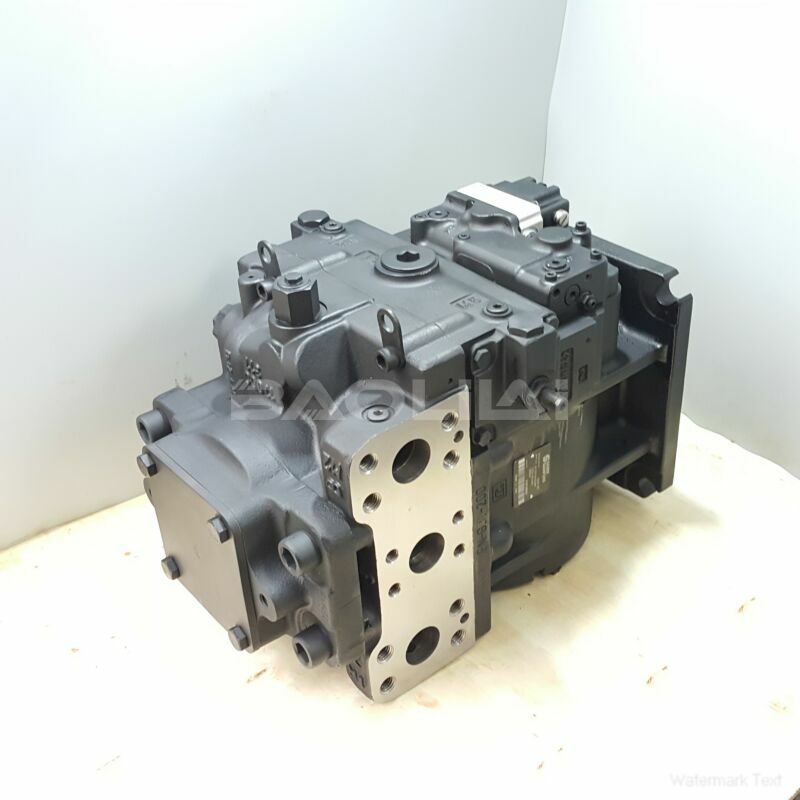90R075KA1NN60R3S1D03GBA424224 danfoss pump
90R075KA1NN60R3S1D03GBA424224 danfoss pump

- Product Details
- Applicable Scene
Hydraulic pumps play a crucial role in semiconductor packaging equipment, providing the necessary force for various processes such as die attach, molding, and trimming. Proper maintenance of these pumps is essential to ensure operational efficiency, prevent costly downtime, and extend the lifespan of the equipment. This article outlines best practices for maintaining hydraulic pumps used in semiconductor packaging.
90R075-KA-1-NN-60-R-3-S1-D-03-GBA-42-42-24
90R075KA1NN60R3S1D03GBA424224
One of the first steps in maintaining hydraulic pumps is performing regular inspections. Operators should check for any visible leaks, unusual noises, or vibrations during operation. Leaks can indicate a loss of hydraulic fluid, which can compromise the pump’s efficiency and lead to insufficient power for the intended applications. Furthermore, excessive noise and vibrations may signal issues such as worn bearings or misaligned components, which require immediate attention.

83054887
Hydraulic fluid quality is another critical aspect of pump maintenance. The fluid itself must be clean and at the proper viscosity to ensure smooth operation. Contaminated or degraded fluid can cause damage to the pump and other hydraulic components. It is advisable to conduct routine fluid analysis to check for contaminants such as water, dirt, and metal particles. Additionally, following the manufacturer’s guidelines for fluid replacement intervals helps maintain optimal performance.
Regularly changing bypass filters and strainers is essential for keeping hydraulic fluid clean. These components trap contaminants that could otherwise circulate through the system and damage the pump. Filter replacement schedules should be based on the operating hours of the equipment and the specific conditions of use, such as the cleanliness of the environment and the types of materials processed.
Temperature monitoring is vital for preventing overheating, which can lead to pump failure. Hydraulic pumps typically have a designated operating temperature range, and exceeding this range can degrade both the fluid and the pump itself. Operators should regularly check temperature gauges and implement cooling solutions to maintain appropriate temperatures in the hydraulic system.





